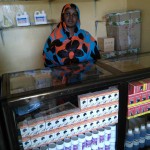
Over the past six years, USAID has contributed to the development of a “soft border” between the two areas, enabling Sudanese nomadic tribes to access traditional grazing lands in South Sudan each year. Sudanese traders are also able to travel into South Sudan, expanding access to goods.
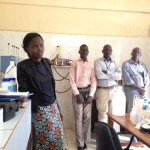
Even before the current crisis in South Sudan erupted in December 2013, more than 30 percent of the population did not have access to safe water supplies and only 13 percent had access to adequate sanitation facilities. These conditions have led to high rates of infant and child mortality and outbreaks of cholera and other diseases related to poor access to water, sanitation and hygiene.
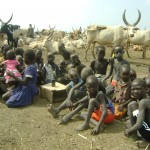
Since the conflict began in South Sudan in December 2013, nearly 1,200 schools in the most conflict-affected states have closed. An additional 400,000 children and adolescents have dropped out due to the crisis, and some 90 schools are occupied by fighting forces or internally displaced persons.
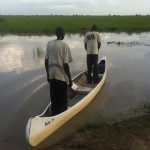
Cut off from South Sudan’s road network by wetlands and seasonal floods, the people of Tayer, Unity State, depend on the nearby Nile River for fish and trade. Unfortunately, fisheries equipment is scarce in Tayer and transportation by locally available dugout canoes is very slow, limiting the markets that fishermen and traders can reach.
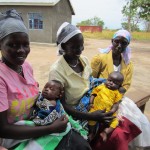
USAID and its implementing partner Jhpiego aim to ensure that the populations of South Sudan’s Western and Central Equatoria States—approximately 2 million people—have access to an integrated package of primary health care services, including prenatal and safe birth assistance. Other donors are focusing similar efforts in South Sudan’s other eight states at the request of the Ministry of Health.








Comment
Make a general inquiry or suggest an improvement.